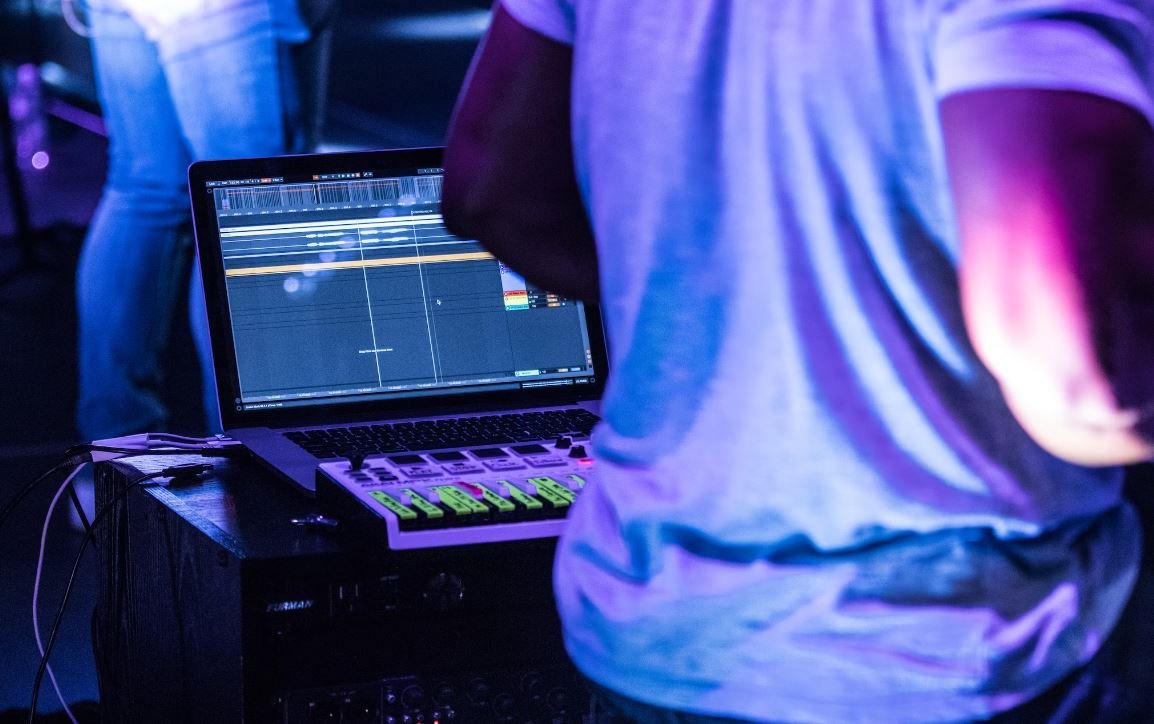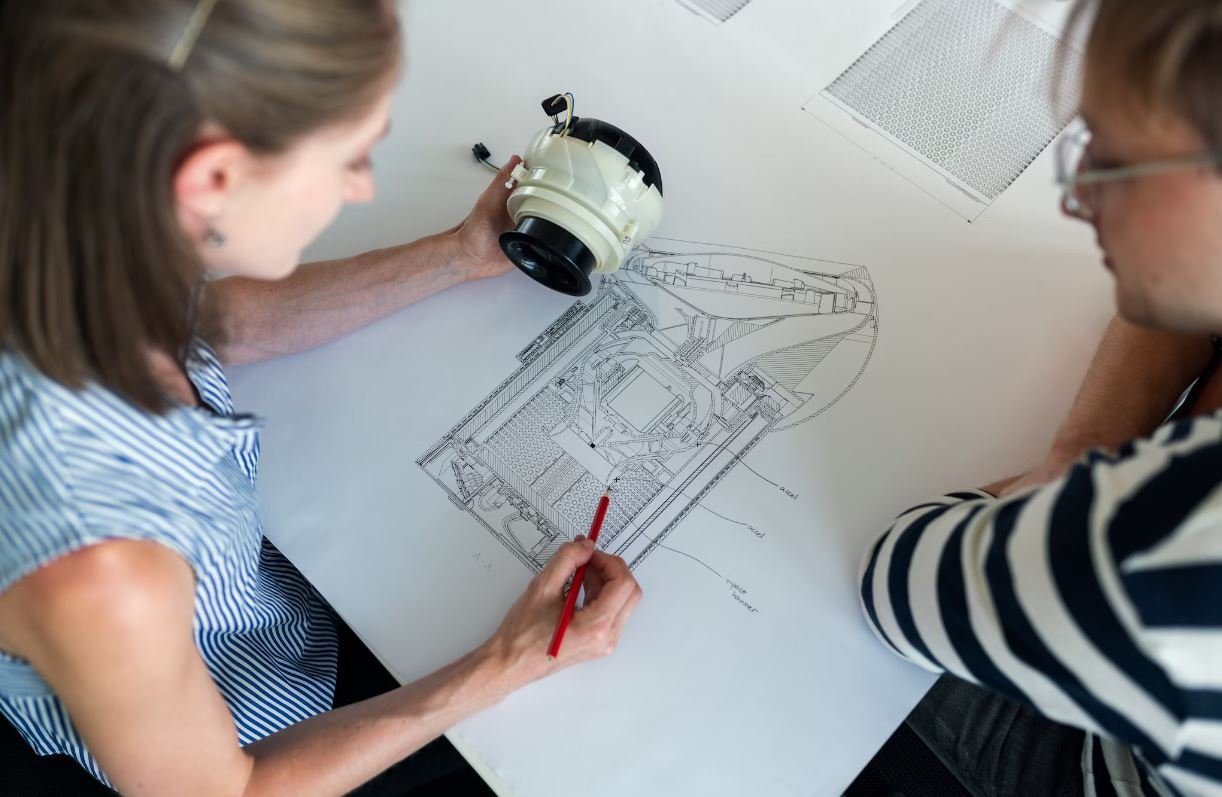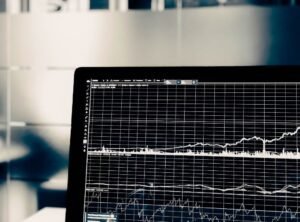Introduction:
Generative art is a form of art that is created using algorithms and rules rather than traditional methods of artistic expression. One popular tool for creating generative art is shaders, which are small programs designed to manipulate computer graphics. In this article, we will explore the world of generative art shaders and how they can be used to create unique and stunning visuals.
Key Takeaways:
– Generative art shaders are small programs that manipulate computer graphics to create unique and stunning visuals.
– Shaders allow artists to create art based on algorithms and rules rather than traditional methods.
– Generative art shaders can be used to create a wide range of visuals, from abstract patterns to realistic simulations.
– Shaders can simulate lighting, textures, and other visual effects to create realistic and dynamic art.
– Generative art shaders can be used in a variety of applications, from video games to visual installations.
The Power of Generative Art Shaders:
Generative art shaders have revolutionized the way artists create visuals. *With shaders, artists can create complex and intricate designs by simply changing a few lines of code.* These programs allow artists to experiment and iterate quickly, enabling them to explore a wide range of possibilities. Shaders have also made it easier for artists to collaborate and share their work, as they can simply share the code for their shaders.
The Types of Generative Art Shaders:
There are several types of generative art shaders that artists can use to create visuals. *For example, fragment shaders are used to manipulate individual pixels in an image, while vertex shaders are used to manipulate the position and appearance of vertices in a 3D model.* Other types of shaders include geometry shaders, tessellation shaders, and compute shaders. Each type of shader has its own unique capabilities and can be used to create different types of visuals.
Exploring Techniques and Effects:
Generative art shaders offer artists a wide range of techniques and effects to experiment with. *For instance, artists can use shaders to create realistic simulations of natural phenomena such as water, fire, and clouds.* Shaders can also be used to create abstract patterns, fractals, and other geometric shapes. By combining different techniques and effects, artists can create visually stunning and unique artworks.
Tables:
Table 1: Types of Generative Art Shaders
| Shader Type | Description |
|——————–|——————————————————|
| Fragment Shader | Manipulates individual pixels in an image |
| Vertex Shader | Manipulates the position and appearance of vertices |
| Geometry Shader | Manipulates geometry data |
| Tessellation Shader| Adds detail to 3D models |
Table 2: Techniques and Effects
| Effect | Description |
|—————–|——————————————————|
| Water Simulation| Simulates the behavior of water |
| Fire Simulation | Simulates the behavior of fire |
| Cloud Generation| Generates realistic cloud formations |
| Fractal Patterns| Creates intricate and complex fractal patterns |
Table 3: Applications of Generative Art Shaders
| Application | Description |
|—————–|——————————————————|
| Video Games | Shaders are used to create realistic graphics in games |
| Visual Installations | Shaders can be used to create interactive and immersive experiences |
| Motion Graphics | Shaders can add dynamic and visually appealing effects to videos |
In Conclusion:
Generative art shaders have opened up a whole new world of possibilities for artists. *Using these small programs, artists can create visually stunning artworks by leveraging algorithms and rules.* Whether it’s creating abstract patterns, simulating natural phenomena, or adding dynamic effects to videos, shaders offer a versatile and powerful tool for artistic expression. So why not dive into the world of generative art shaders and unleash your creativity?

Common Misconceptions
Generative Art Shaders
One common misconception people have about generative art shaders is that they can only be created by professional programmers or those with advanced coding skills. In reality, there are many accessible tools and frameworks available that allow artists and designers to create their own shaders without extensive programming knowledge.
- Generative art shaders can be created by artists and designers without programming expertise.
- There are user-friendly tools and frameworks specifically designed to simplify shader creation for artists.
- Online communities and tutorials provide resources and support for individuals interested in exploring generative art shaders.
Another Misconception
Another misconception is that generative art shaders are purely visual and have no meaningful content or narrative. While the focus of generative art is often on visual aesthetics, artists can infuse their shaders with deeper meaning and narratives. Shaders can represent emotions, social issues, or even abstract concepts, making them a powerful medium for artistic expression.
- Generative art shaders can convey meaningful content and narratives.
- Artists can use shaders to represent emotions, social issues, and abstract concepts.
- Shaders offer a unique medium for artistic expression and storytelling.
More Misconceptions
Another misconception people have about generative art shaders is that they require powerful hardware and are only suitable for high-end computer systems. While certain complex shaders may require more computational power, there are many simple and elegant shaders that can be run on low-end devices. Generative art is not limited to high-performance hardware, and artists can create engaging visuals even with limited resources.
- Generative art shaders are not limited to high-performance hardware.
- There are simple and elegant shaders that can be run on low-end devices.
- Artists can create engaging visuals even with limited computational resources.
One More Misconception
Another misconception is that generative art shaders are static and unchanging. In reality, many shaders are designed to continuously evolve and adapt over time, interacting with user input or external factors. These dynamic shaders can create mesmerizing visual experiences that are never exactly the same, adding an element of surprise and interactivity to the art form.
- Generative art shaders can be dynamic and ever-evolving.
- Shaders can interact with user input or external factors, creating unique visual experiences.
- Dynamic shaders add an element of surprise and interactivity to generative art.
Final Misconception
There is another misconception that generative art shaders are only suitable for digital mediums. While they are commonly used in digital art forms, shaders can be applied to other mediums as well. Artists have adapted shaders for use in physical installations, sculptures, and even fashion, blurring the boundaries between traditional and digital art forms.
- Generative art shaders can be used in various mediums, including physical installations and sculptures.
- Shaders have been adapted for use in fashion and other non-digital art forms.
- Shaders bridge the gap between traditional and digital art mediums.

Generative Art Shaders: A Growing Trend in the Digital Art World
Generative art shaders are becoming increasingly popular among digital artists due to their ability to create visually stunning and dynamic images in real-time. These shaders are computer programs that generate art based on algorithms, allowing for endless possibilities in the creation process. In this article, we explore the various applications and techniques used in generative art shaders, showcasing the limitless potential of this artistic medium.
Comparing Generative Art Shaders vs. Traditional Art
Generative art shaders offer a unique approach to creativity when compared to traditional art forms. The following table highlights the key differences between generative art shaders and traditional art:
| Generative Art Shaders | Traditional Art |
|---|---|
| Algorithm-driven | Manual creation |
| Real-time rendering | Static image |
| Endless variations | Singular piece |
| Interactive experience | Observational experience |
Applications of Generative Art Shaders
Generative art shaders find a multitude of applications in various fields. The following table outlines some of the most notable applications:
| Field | Application |
|---|---|
| Entertainment | Video games |
| Architecture | Virtual design |
| Advertising | Dynamic visuals |
| Education | Interactive learning |
Generative Art Shaders in Video Games
Generative art shaders have revolutionized the visual appeal of video games. The table below showcases their impact on gaming:
| Game | Generative Art Element |
|---|---|
| “Dreamscape” | Dynamic landscapes |
| “Cyberworld Chronicles” | Procedurally generated characters |
| “Nebula Quest” | Real-time cosmic effects |
Generative Art Shaders in Architecture
Generative art shaders are transforming the way architects design virtual structures. The table below highlights their utilization in the field of architecture:
| Structure | Generative Art Feature |
|---|---|
| Museum of Modern Art | Dynamic facade patterns |
| Skyscraper | Day-to-night lighting transitions |
| Public Park | Ever-changing landscape elements |
Generative Art Shaders in Advertising
Generative art shaders have become a powerful tool for creating attention-grabbing visuals in advertising campaigns. The table below exemplifies their role in the advertising industry:
| Product | Generative Art Effect |
|---|---|
| Luxury Cars | Realistic simulated reflections |
| Perfume | Dynamic swirling particles |
| Technology | Abstract and futuristic animations |
Education and Interactive Learning
Generative art shaders have found their way into educational settings, transforming the traditional learning experience. The table below showcases their use in interactive learning tools:
| Subject | Application |
|---|---|
| Physics | Real-time simulations |
| Mathematics | Visual representations of equations |
| Biology | Dynamic cellular environments |
Generative Art Shaders vs. Photorealism
While generative art shaders are renowned for their abstract and imaginative qualities, they are also capable of achieving photorealistic results. The following table contrasts generative art shaders and photorealism:
| Aspect | Generative Art Shaders | Photorealism |
|---|---|---|
| Creation Process | Algorithm-based | Manual detailing |
| Visual Style | Abstract or representational | Highly realistic |
| Imperfections | Intentional distortions | Minimized imperfections |
The Expanding Potential of Generative Art Shaders
Generative art shaders offer limitless possibilities for artists and creatives in various fields. Whether used for entertainment, advertising, architecture, or education, these shaders continue to reshape the boundaries of the digital art world. Through their algorithm-driven approach, real-time rendering, and endless variations, generative art shaders have become a fundamental tool in the artistic landscape.
Frequently Asked Questions
What is generative art?
Generative art refers to art that is created using autonomous systems, algorithms, or rules to produce unique and unpredictable outcomes. It focuses on the process rather than the end result, allowing for the exploration of emergent patterns, complexity, and randomness.
What are shaders?
Shaders are programs used in computer graphics to control the rendering of graphics and images on screen. In the context of generative art, shaders are often used to create dynamic and interactive visuals by manipulating properties such as colors, shapes, and movements.
How are shaders used in generative art?
Shaders are used in generative art to control visual effects and transformations. They can be employed to create a wide range of artistic effects, from simulating natural phenomena like fire or water to generating abstract visuals through complex mathematical calculations.
Which programming languages are commonly used for creating generative art with shaders?
Common programming languages used for creating generative art with shaders include GLSL (OpenGL Shading Language) and HLSL (High-Level Shading Language). These languages provide the ability to write shaders that can be executed on the GPU (Graphics Processing Unit) to achieve real-time rendering.
What tools or software can I use to create generative art with shaders?
There are several tools and software available for creating generative art with shaders, such as Processing, Unity3D, openFrameworks, and TouchDesigner. These platforms provide a range of libraries and frameworks that simplify shader programming and enable artists to experiment with different visual effects.
Can generative art with shaders be interactive?
Yes, generative art with shaders can be interactive. By utilizing user input or external data sources, artists can create interactive experiences where the visuals respond to user actions or real-time data. This adds another dimension to the artwork and allows for dynamic engagement with the audience.
Is it possible to create generative art with shaders without coding?
While coding is commonly used in creating generative art with shaders, there are also visual programming interfaces available that allow artists to create complex shader effects without writing code. These visual programming tools provide a more accessible approach for artists who are not proficient in coding.
Can generative art with shaders be rendered in real-time?
Yes, generative art with shaders can be rendered in real-time. Shaders are executed on the GPU, which has significant parallel processing power, enabling real-time rendering of complex visual effects. This real-time aspect allows for immediate feedback during the creation process and facilitates interactive experiences.
What are some examples of generative art created with shaders?
There are numerous examples of generative art created with shaders, ranging from intricate procedural patterns and fractal landscapes to mesmerizing particle systems and dynamic simulations. Artists often share their works on online platforms and communities dedicated to generative art, showcasing the vast creative possibilities offered by shaders.
Where can I learn more about generative art with shaders?
There are various online resources and communities where you can learn more about generative art with shaders. Websites such as ShaderToy, The Book of Shaders, and Generative Artistry provide tutorials, code examples, and discussions that can help you dive deeper into this fascinating field of digital art.




